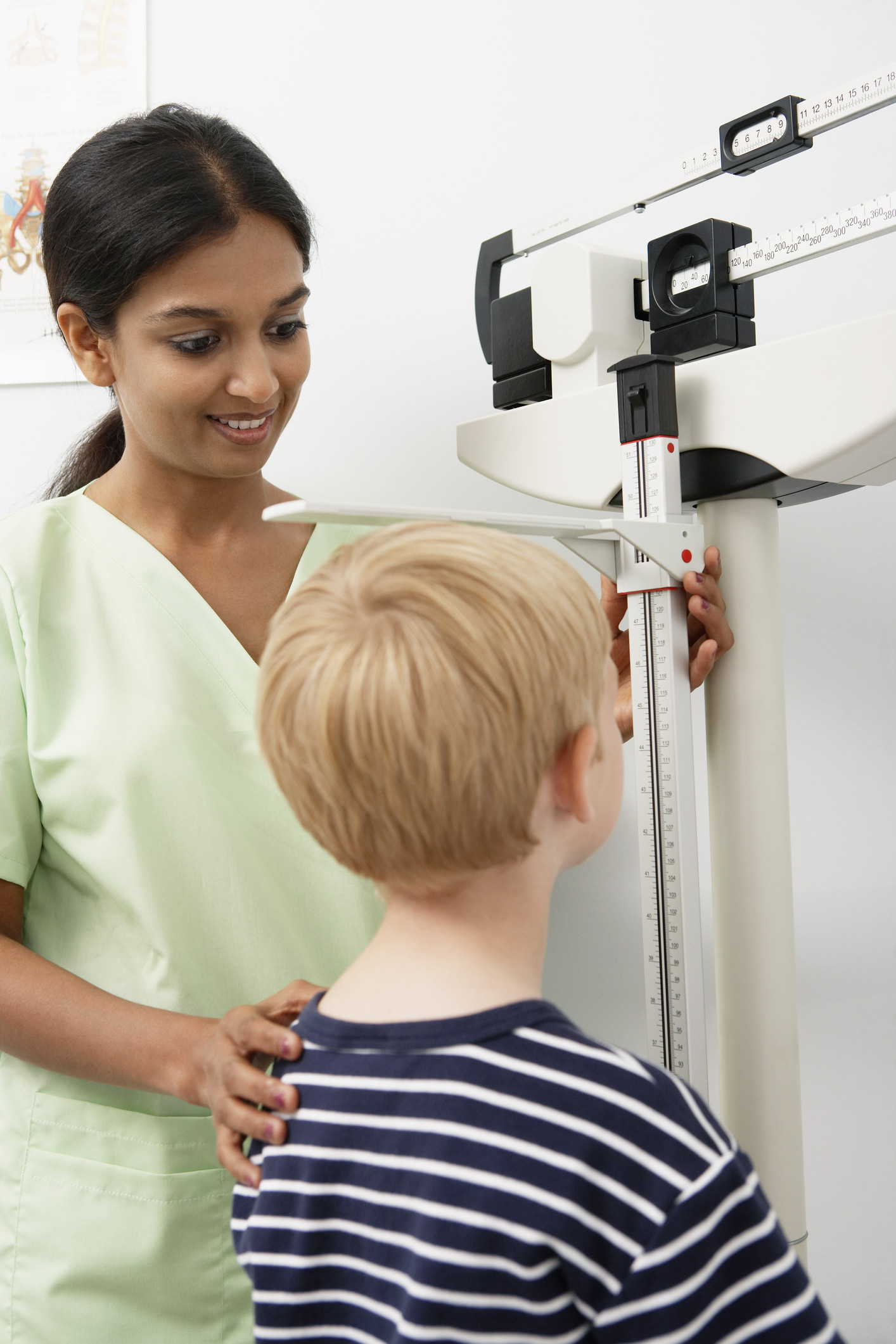More than half of today’s children will be obese adults

Follow me on Twitter @drClaire
A new study tells us that 57% of today’s children will be obese by the time they are 35. And if a child is obese when they are young, chances are overwhelming that they will stay that way.
Obesity is a real problem in our country, not just for adults but also for children. There are many reasons for this. For lots of families, it has to do with economics: healthier foods, such as fresh fruits and vegetables, are more expensive than processed, unhealthy foods. Getting children to be active can be hard, too, when families don’t have access to safe play areas or don’t have the time to take them there; when sports teams are expensive or logistically challenging; and when schools are cutting back on recess to meet academic demands. The fact that screens and screen time have become so pervasive in our culture has also made children less active.
What can make it harder, too, is that many families I talk to don’t really think it’s a problem if their child is overweight, even obese. They think that it’s “baby fat,” and that their child will slim down later. They don’t see the point in making the changes I want them to make, many of which they see as hard for their family, when they think that their child’s weight will ultimately be fine.
The study just released in the New England Journal of Medicine makes it clear that it probably won’t.
What the data say about the future of overweight kids
Researchers looked at data from tens of thousands of children and adults and developed predictions of adult weight based on childhood weight. What they concluded was startling. Not only are more than half of current children going to be obese by 35, but an obese 2-year-old has only a one in four chance of not being obese at age 35. If that 2-year-old is severely obese, the chance of being at a healthy weight at 35 is only one in five. By the time that severely obese child is 5, they have only a one in 10 chance of not being obese at 35.
This study really shows that early obesity is a problem we can’t ignore. An obese 2-year-old is more likely to be obese at 35 than a 19-year-old who is overweight but not obese. I think most people would not have guessed that.
What parents can do
There are definitely economic factors, and it’s crucial that we as a society make healthy foods and opportunities for exercise affordable and accessible to everyone. But there are things that each and every parent and caregiver can do to help children get to and stay at a healthy weight, such as:
- Practice “responsive feeding” with infants and children. Learn their hunger cues, and only feed them when they are hungry — and only until they are full. Many children are overfed because their parents respond to all fussiness with food, and because they think that eating more is better than eating less.
- Serve a healthy diet. “Healthy” means lots of fruits and vegetables (which should be half of their plate, and the only thing they get for seconds), whole grains, lean protein, and minimal junk food, processed food, and fast foods. You should avoid sugar-sweetened beverages and juices, too. Water and unsweetened milk are all a child needs. Occasional sweets are fine, but they should truly be occasional, and the serving should be small. Speaking of servings…
- Give healthy portion sizes. A child should eat a child-sized portion, not an adult-sized one. Using smaller plates is one way to make this easier.
- Limit snacking. Having a healthy snack mid-morning and mid-afternoon is fine, but children shouldn’t be munching all day. Many children ask for food out of boredom or habit rather than hunger. Try not to let that happen.
- Make sure children are active for at least an hour every day. That doesn’t have to be a sports practice, although sports are great. It could be going for a walk, playing outside, riding a bike, taking a dance or martial arts class, even dancing in the living room… really, anything that gets them moving (preferably vigorously, at least for some part of the hour) is fine. Be mindful of how much time your child is spending using screens, as screens have a way of eating into active time.
- Know if your child’s weight is healthy. There are BMI calculators you can use, but your best bet is to talk to your doctor. Together you can look at your child’s weight and make the best plan.
Three important “don’ts” if your child is overweight
If your doctor says that your child is overweight, please take that seriously. Ask for the help you need (a visit with a nutritionist can be very useful, for example), and follow up with your doctor to monitor your child’s progress. There are three important “don’ts”:
- Don’t be discouraged. With patience and persistence, the vast majority of children who eat healthfully and are active will get to a healthy weight. It may take months or years, but it will happen — as long as you stick with it.
- Don’t go overboard. Children shouldn’t be on restrictive diets. A healthy diet with age-appropriate portions is what they should eat.
- Don’t make a child feel bad, ever. Shaming never helps, and beauty is never about what a scale says. Concentrate on health and building healthy habits, and be positive and loving.
About the Author

Claire McCarthy, MD, Senior Faculty Editor, Harvard Health Publishing
Disclaimer:
As a service to our readers, Harvard Health Publishing provides access to our library of archived content. Please note the date of last review or update on all articles.
No content on this site, regardless of date, should ever be used as a substitute for direct medical advice from your doctor or other qualified clinician.












